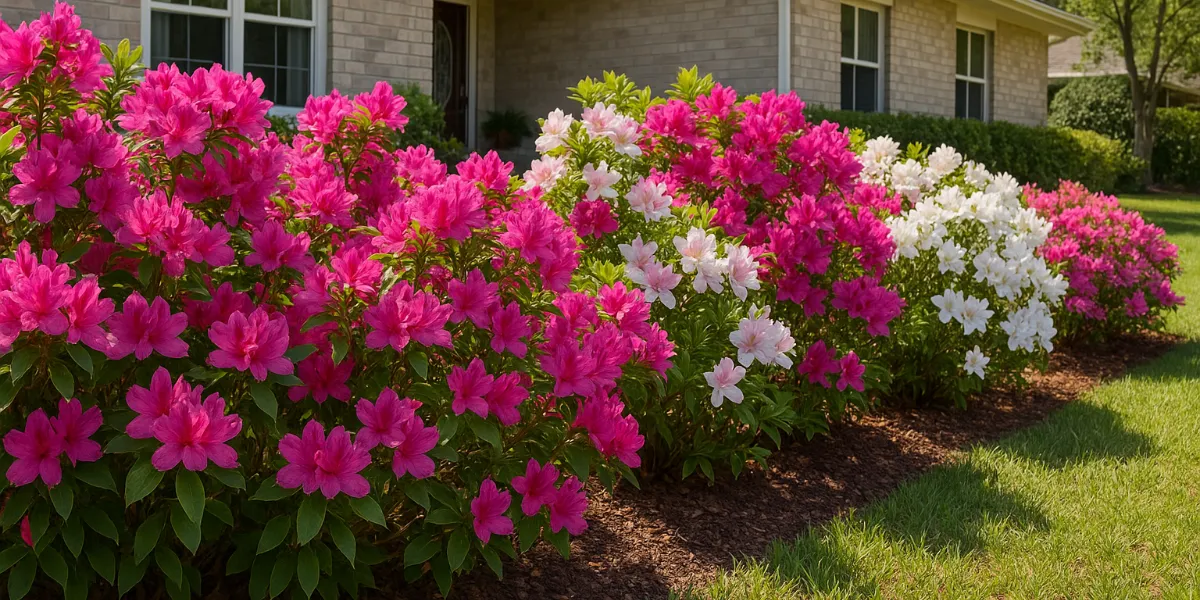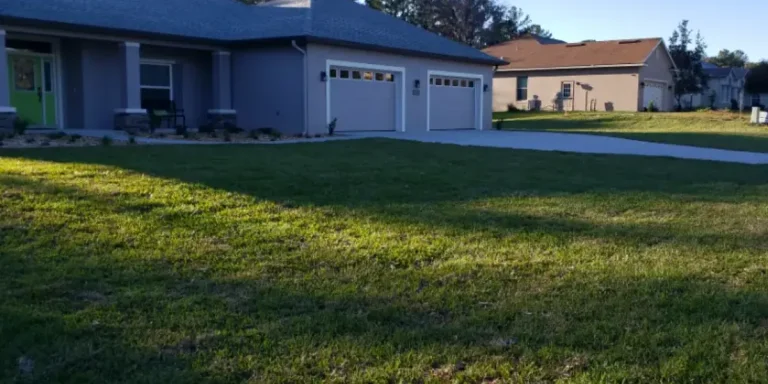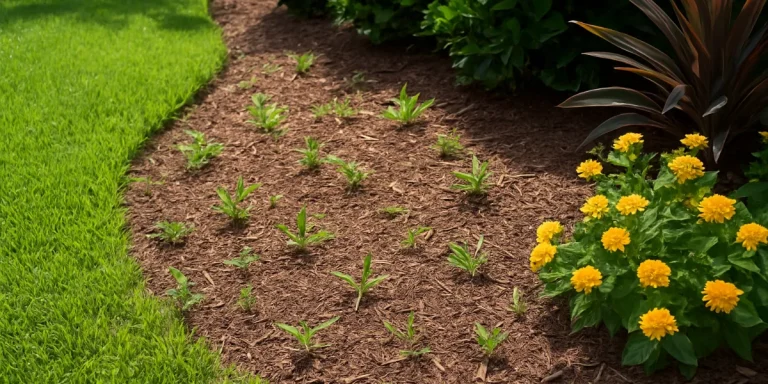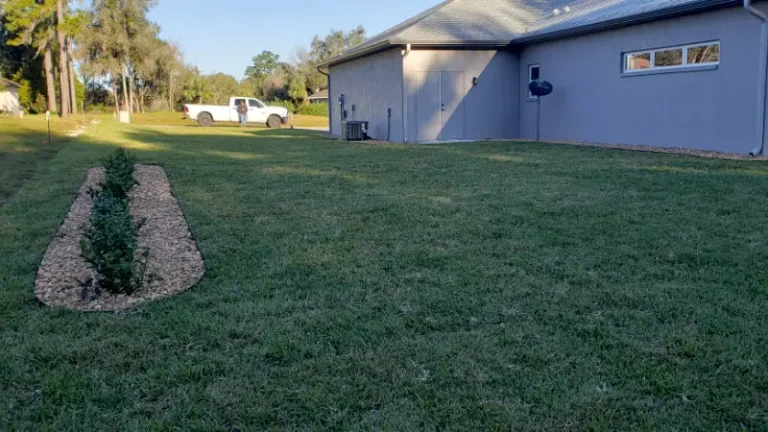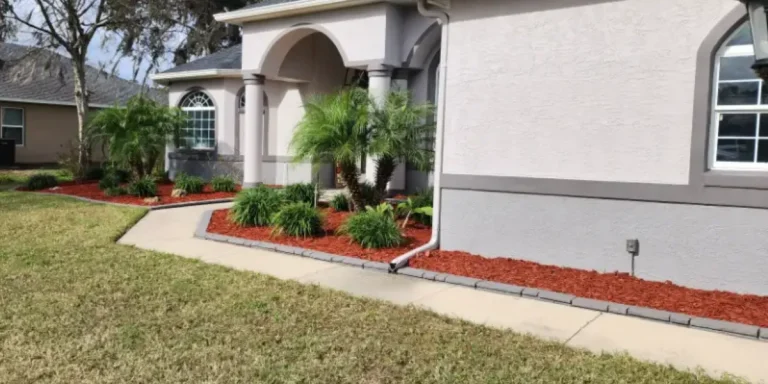Growing Beautiful Azaleas in Central Florida: Expert Tips for Lasting Blooms
If you live in Gainesville, Ocala, Williston, or Micanopy, you’ve likely admired the vibrant display of azaleas blooming each spring. These southern favorites bring color and charm to landscapes, but they can be particular about where and how they grow.
This guide will walk you through everything you need to grow healthy, blooming azaleas in North Central Florida—from selecting the right location to pruning at the proper time. Whether you're just planting your first azaleas or trying to improve existing ones, these tips will help your landscape stand out.
Why Azaleas Thrive in Our Region
Azaleas are well-suited to Florida's warm climate and acidic soils. With proper care, they can become a low-maintenance feature that brightens your landscape for years to come.
They’re ideal for:
-
- Shaded garden beds or woodland-style plantings
- Foundation landscaping near porches or patios
- Large border areas under pine or oak trees
How to Plant Azaleas for Success
Choose the Right Location
Azaleas do best in filtered sunlight or partial shade. Too much direct afternoon sun can scorch their leaves, while deep shade will limit blooming.
Ideal planting spots include:
-
- East-facing beds that receive morning light
- Areas under tall, open-canopy trees
- Spots protected from strong wind and heat
Prepare the Soil
Azaleas require acidic, well-drained soil that mimics their natural forest-floor environment.
Key soil conditions:
-
- pH between 4.5 and 6.0
- Light, well-drained texture (avoid clay or compacted soil)
- Enriched with organic matter like compost or pine bark fines
Before planting, use a soil test kit or contact your local extension office to determine your soil’s pH and nutrient levels. Amend as needed to create the ideal growing environment.
Planting Steps
-
- Dig wide, not deep: The hole should be 2–3 times the width of the root ball but no deeper.
- Plant slightly high: Keep the top of the root ball slightly above ground level.
- Amend the backfill: Use a mix of native soil and organic matter, no more than one-third amendment.
- Space properly: Leave 3 to 5 feet between plants to allow for mature growth and airflow.
- Mulch the base: Use pine bark or needles to maintain soil moisture and temperature. Keep mulch a few inches away from the stem.
Fertilizing Azaleas the Right Way
Azaleas don’t need heavy feeding, but they benefit from the right nutrients—especially in Florida’s sandy soils.
Best Fertilizer Types
Use a fertilizer made for acid-loving plants. Look for labels like "Azalea Food" or "Holly-tone" with a balanced or slightly phosphorus-rich ratio (such as 10-5-4 or 12-4-8). Include micronutrients like iron and magnesium to prevent leaf discoloration.
When to Fertilize
-
- Main feeding: Just after spring blooming ends (late spring or early summer)
- Optional second feeding: In mid-summer, before August
- Avoid fall fertilizing: Late applications can trigger new growth vulnerable to cold damage
Application Tips
-
- Use less than you think—azaleas are sensitive to over-fertilizing
- Spread evenly over the root zone, out to the drip line
- Water thoroughly after applying to avoid burning the roots
Pruning for Healthier, More Productive Plants
Azaleas don’t need constant pruning, but a little seasonal care keeps them full and vibrant.
When to Prune
-
- Best time: Immediately after the spring bloom
- Important cutoff: Do not prune after mid-summer, or you risk removing next year’s flower buds
How to Prune
-
- Lightly shape the plant by snipping long or leggy branches
- Remove dead, damaged, or crossing limbs at any time
- Thin out older stems at the base to improve airflow
- For overgrown shrubs, consider rejuvenation pruning by cutting one-third of the plant back annually over three years
Common Problems and Solutions
Here are a few issues you might encounter and how to address them:
-
- Yellow leaves with green veins: Often caused by alkaline soil. Lower pH with acid-forming fertilizer or elemental sulfur.
- No blooms: May be due to too little light, pruning at the wrong time, or excess nitrogen fertilizer.
- Pests like lace bugs: Found on sun-stressed azaleas. Look for stippling or black spots on leaves. Insecticidal soap or horticultural oil can help.
Let Us Help You Plant and Care for Azaleas
At Lawnscape of CF, we do more than just mow—we help homeowners create vibrant, well-cared-for landscapes. Our team can:
-
- Select the right azalea varieties for your property
- Prepare and amend the soil for healthy root development
- Professionally plant and mulch your azaleas
- Offer ongoing care and fertilization to keep them looking their best
Whether you're in Gainesville, Ocala, Williston, or Micanopy, we can help you enjoy beautiful azaleas without the stress.
Ready to Add Azaleas to Your Landscape?
Contact Lawnscape of CF today to schedule a consultation. We’ll help you design, plant, and care for azaleas that bring lasting color and beauty to your outdoor space.

